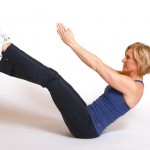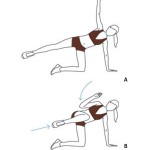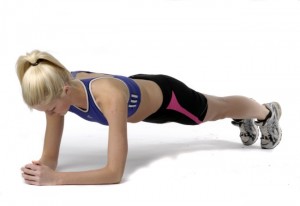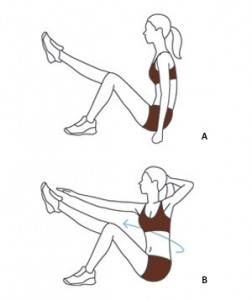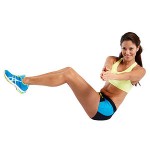Compact Cranks vs Standard Cranks vs Triple Cranks
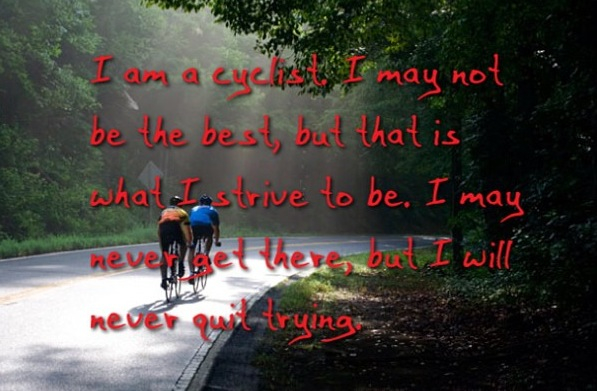 What is the real difference between compact cranks vs standard cranks vs triple cranks… What are the Pros and Cons of each?
What is the real difference between compact cranks vs standard cranks vs triple cranks… What are the Pros and Cons of each?
For simplicity and comparison sake we have assumed that the rear cassette is the same.
Standard Cranks
General
- The most common standard cranks are 53 teeth on the large chain ring and 39 teeth on the small chain ring – though other options do exist.
Pros
- Best for flat and undulating terrain
- Most efficient at same speed because a standard crank uses a larger front chain ring and larger rear cog meaning there is less friction due to the chain going around a larger circle
- Best if you are trying to go fast down a hill as you have a higher top gear
Cons
- The most difficult to get up hills
- Often have to change the front chain ring at the same time as the rear cassette effectively yanking the chain in different directions at the same time straining it a bit more
- People get sucked into standard cranks because of ego, they do not want to admit they need a compact. Don’t be that guy/girl.
Compact Cranks
General
- The most common compact cranks are 50 teeth on the large chain ring and 34 teeth on the small chain ring – though other options do exist.
Pros
- Compacts may get you up that hill that defeated you last time if switching from standard cranks
- Best used for hilly terrain
- Can keep your legs fresher as you keep a higher cadence going uphill instead of grinding it out
Cons
- Your top gear is slightly smaller; therefore, you are not able to go quite as fast down hills (only important if racing)
- Less efficient than standard cranks as there is slightly more friction with the chain
- Drop chain off front derailleur more often under power due to a larger jump from big ring to smaller ring
- Not as easy to get up hills as triple cranks
Triple Cranks
General
- The most common triple cranks are 50 teeth on the large chain ring, 39 teeth on the middle chain ring and 30 teeth on the small chain ring – though other options do exist.
Pros
- Easiest option for going uphill as they have the lowest gear ratio
- Still have a high gear ratio to be able to go fast
- Most options for gear ratios
Cons
- Easier to get up hills than double cranks
- Constantly using front derailleur and changing gears
- Can’t use all of the gears and beginners have a harder time using the gears properly without creating a lot of chain rub
- Least efficient crank set in terms of friction
- Some people believe that triple cranks as more finicky to adjust and maintain
- Many gear ratios are overlaps
Recommendation
If you are a strong rider and/or you do not plan to go up steep grades very often then standard cranks are likely your best bet.
If you are a casual rider and/or you want to do hill climbing then consider a compact.
If you are a weaker rider and/or you plan to tour with weight and do hill climbs then consider triple cranks.
Traditionally, entry level road bikes come with a compact or a triple and high end bikes come with a standard or a compact and this is done for good reason as you develop as a rider then you can build up to a standard crank.
Additionally, it is cheaper and easier to change your rear cassette than to change your cranks; therefore, if you find you need a couple extra gears try to go to a larger rear cassette. ie. You currently have a rear cassette that is 12 – 25 purchase one that is 12 – 28. See if that is enough before changing cranks all together.
For the record I use compact cranks, I believe I am a strong rider but I LOVE hills and need a couple easier gears for the steep stuff.
What do you use? Why?
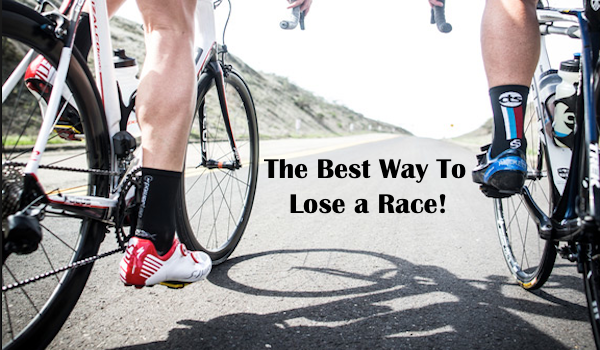 We have all been there, months of training and planning mounting to this one race and we destroy it with in the first minute.
We have all been there, months of training and planning mounting to this one race and we destroy it with in the first minute.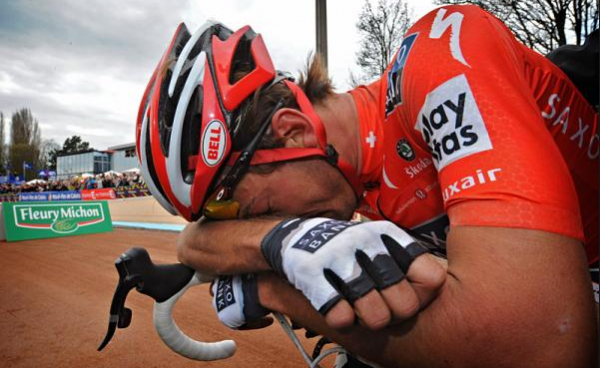 It’s great to be enthusiastic about cycling! When you love something you don’t just want to do it often, you want to do it well. It’s common for an athlete to push him or herself, trying to outdo their own record for mileage and/or speed. But it’s possible to push too hard.
It’s great to be enthusiastic about cycling! When you love something you don’t just want to do it often, you want to do it well. It’s common for an athlete to push him or herself, trying to outdo their own record for mileage and/or speed. But it’s possible to push too hard. 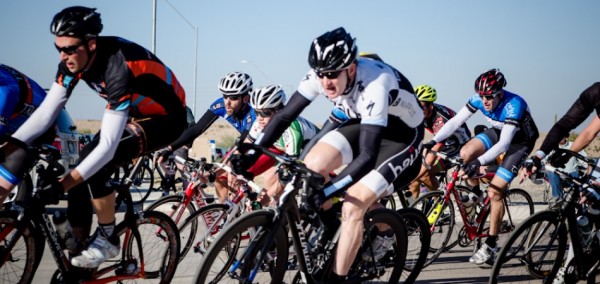 If you are looking for something a little different to add to your bike racing calendar, or you just want a fun way to improve your bike handling skills, consider signing up for a criterium race. Criteriums are personally my favorite race to ride in, and everyone I know who has come to watch one has loved the whole event. What’s not to like?
If you are looking for something a little different to add to your bike racing calendar, or you just want a fun way to improve your bike handling skills, consider signing up for a criterium race. Criteriums are personally my favorite race to ride in, and everyone I know who has come to watch one has loved the whole event. What’s not to like?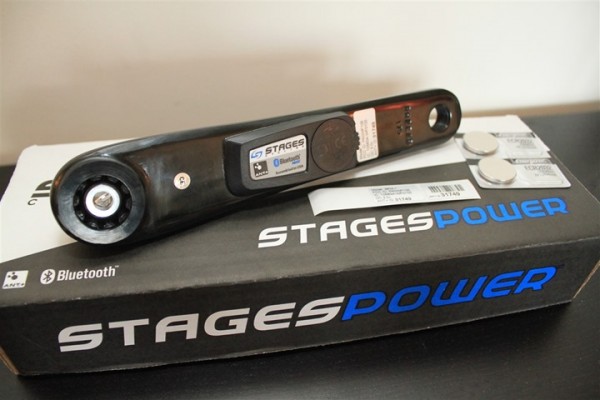 Previously, I introduced the concept of power training – that is,
Previously, I introduced the concept of power training – that is, 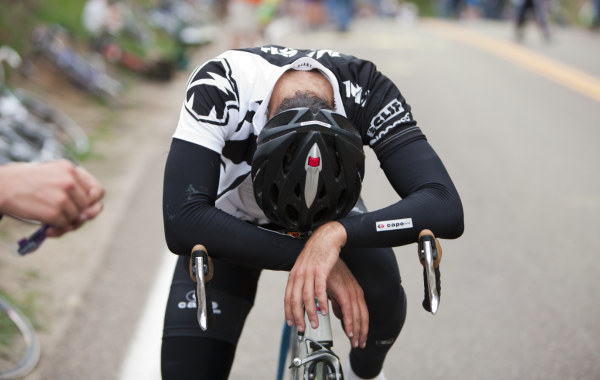 Anyone can suffer from overtraining and in fact, it’s more likely to occur in beginner cyclists as they try and do too much, too soon.
Anyone can suffer from overtraining and in fact, it’s more likely to occur in beginner cyclists as they try and do too much, too soon.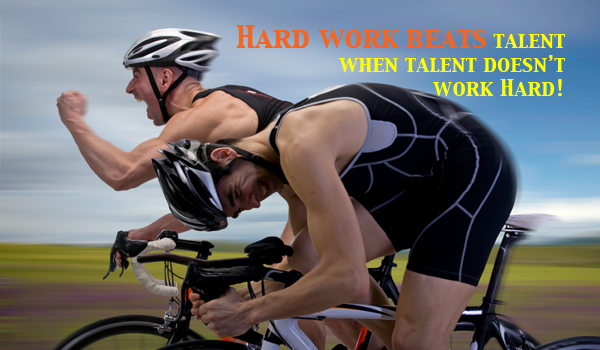 Answering this one question, and developing a strategy to turn that weakness into strength, will pay dividends with faster times and stronger rides. Most athletes, for example, never consider they’re
Answering this one question, and developing a strategy to turn that weakness into strength, will pay dividends with faster times and stronger rides. Most athletes, for example, never consider they’re 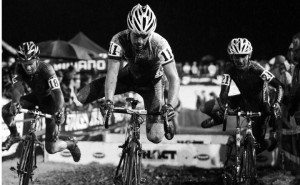
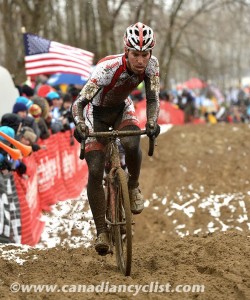
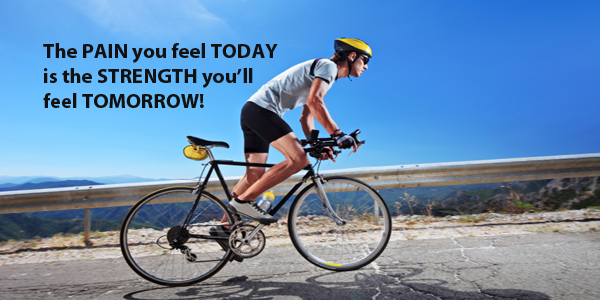 The principles of cycling training are fundamentally basic. Your goal is it overload and then allow for adaptation. Rinse and repeat.
The principles of cycling training are fundamentally basic. Your goal is it overload and then allow for adaptation. Rinse and repeat.